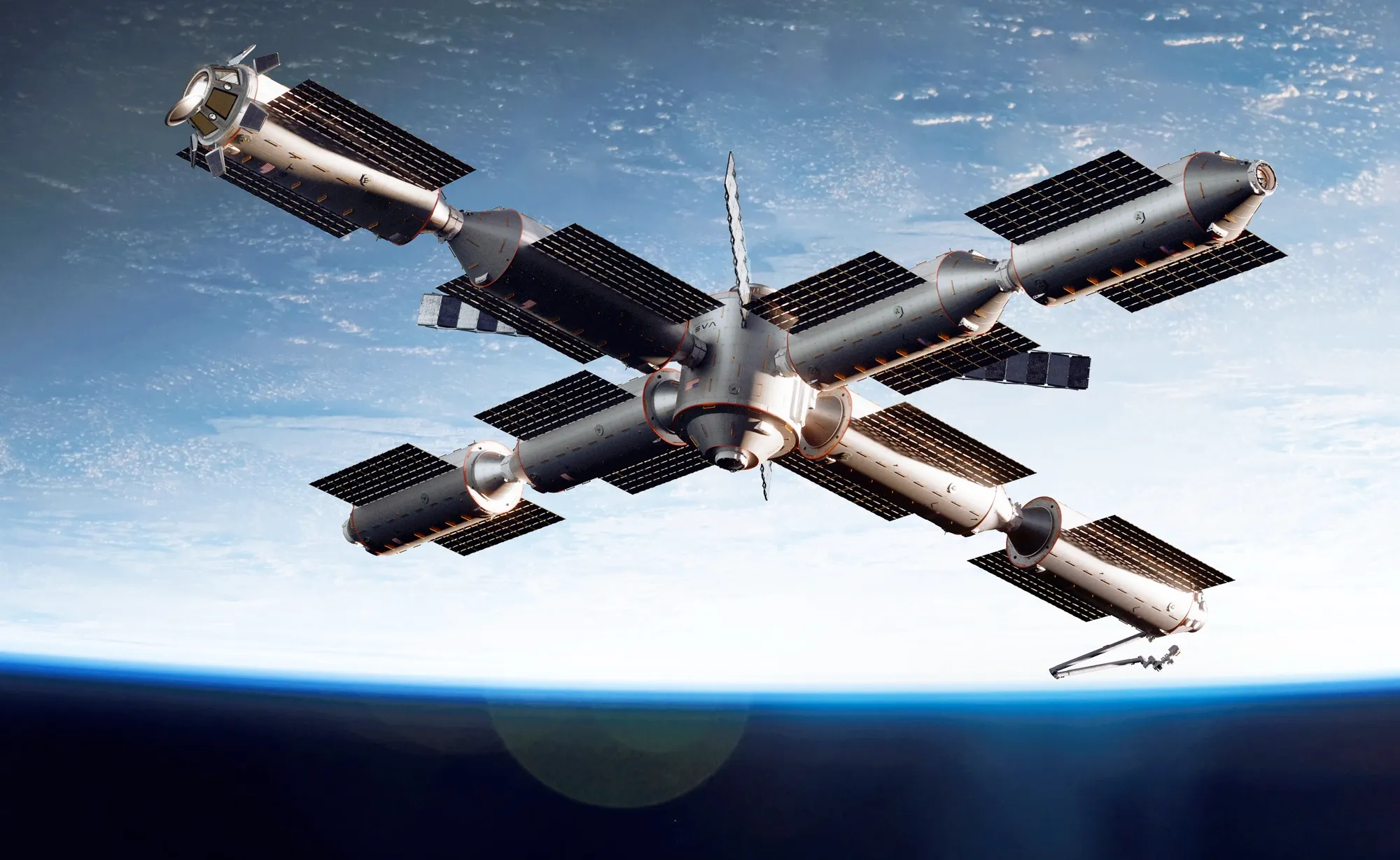Thermal Control in Space – Learn About Heat Regulation in Space with The Universe Episodes
Thermal Control in Space is a crucial aspect of modern space exploration, ensuring that spacecraft, satellites, and astronauts can survive the extreme temperatures of the cosmos. Without proper heat regulation, equipment could malfunction, and missions could fail, highlighting the importance of understanding how to manage temperature in an environment where heat sources and sinks behave very differently than on Earth. The Universe Episodes explores the science and technology behind Thermal Control in Space, providing viewers with an engaging insight into how humans adapt to the harsh conditions beyond our planet.
The Challenges of Thermal Control in Space
Maintaining optimal temperature in space presents unique challenges. Unlike Earth, space lacks an atmosphere to distribute heat, meaning that objects in direct sunlight can become extremely hot while those in shadow can freeze within minutes. The Universe Episodes demonstrates how Thermal Control in Space addresses these extremes, showing the delicate balance required to protect spacecraft electronics, scientific instruments, and human life. The series emphasizes that effective Thermal Control in Space is not just about insulation or heating—it is a comprehensive approach combining materials science, engineering, and real-time monitoring.
Passive Thermal Control in Space
One method highlighted in The Universe Episodes is passive Thermal Control in Space, which relies on design features rather than mechanical systems. This includes reflective coatings, multi-layer insulation, and strategic orientation to minimize heat absorption from the Sun. The program explains how passive techniques reduce the energy needed to maintain safe temperatures, allowing spacecraft to operate efficiently over long periods. Understanding passive Thermal Control in Space helps viewers appreciate the careful engineering that goes into spacecraft design and why even small details can have a significant impact on mission success.
Active Thermal Control in Space
In contrast, active Thermal Control in Space involves mechanical or electrical systems to regulate temperature. The Universe Episodes explores how heat pipes, fluid loops, and radiators actively remove excess heat from spacecraft and redistribute it to prevent overheating or freezing. The series provides real-world examples of how active Thermal Control in Space has been implemented in satellites, space stations, and interplanetary missions. By examining these systems, viewers gain insight into the sophisticated technology required to manage energy in environments where extreme heat and cold coexist within mere meters.
Thermal Control for Astronauts
Thermal Control in Space is equally important for human survival. Astronauts rely on spacesuits equipped with temperature regulation systems that maintain body heat in freezing shadows and prevent overheating in direct sunlight. The Universe Episodes details the inner workings of these suits, showing how heat exchangers, liquid cooling garments, and ventilation systems work together to provide comfort and safety. Learning about Thermal Control in Space for humans highlights the ingenuity behind mission planning and the vital role heat management plays in ensuring astronauts can perform tasks efficiently in challenging conditions.
Heat Regulation and Long-Duration Missions
As humanity explores deeper into space, long-duration missions place even greater demands on Thermal Control in Space. Maintaining stable temperatures over months or years requires advanced monitoring, automated adjustments, and robust redundancy systems. The Universe Episodes showcases ongoing research into new materials, adaptive insulation, and energy-efficient heat transfer methods to support missions to the Moon, Mars, and beyond. By addressing these challenges, the program emphasizes that Thermal Control in Space is a dynamic field that evolves alongside our ambitions in space exploration.
The Role of Thermal Control in Scientific Instruments
Scientific instruments used in space missions are particularly sensitive to temperature fluctuations. Telescopes, spectrometers, and other devices require precise thermal regulation to function accurately. The Universe Episodes illustrates how Thermal Control in Space ensures the reliability of these instruments, preventing thermal expansion or contraction from affecting measurements. Viewers learn that even minor temperature variations can lead to errors, highlighting the meticulous attention to detail required to maintain the integrity of scientific data in the extreme environment of space.
Innovations in Thermal Control Technology
Innovations in Thermal Control in Space continue to enhance the safety and efficiency of space exploration. The Universe Episodes explores cutting-edge technologies, such as variable-emissivity coatings, phase-change materials, and intelligent thermal management systems. These innovations allow spacecraft to respond dynamically to changing conditions, improving mission longevity and performance. By understanding the latest advances in Thermal Control in Space, audiences gain an appreciation for the ongoing collaboration between engineers, scientists, and astronauts to overcome one of the most fundamental challenges of working beyond Earth.
Conclusion: The Importance of Thermal Control in Space
Thermal Control in Space is a critical component of space exploration, ensuring the survival of both humans and machines in an environment defined by extremes. The Universe Episodes provides a comprehensive look at how engineers and scientists manage heat through passive and active systems, spacesuit technology, and advanced instruments. By explaining the principles and innovations behind Thermal Control in Space, the series offers viewers a deeper understanding of the complexity and ingenuity required for successful missions. Heat regulation is not just a technical necessity; it is a testament to human ingenuity and our ability to adapt to the challenges of the cosmos, making space exploration both safe and achievable.












Post Comment